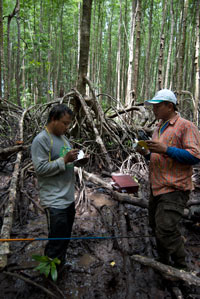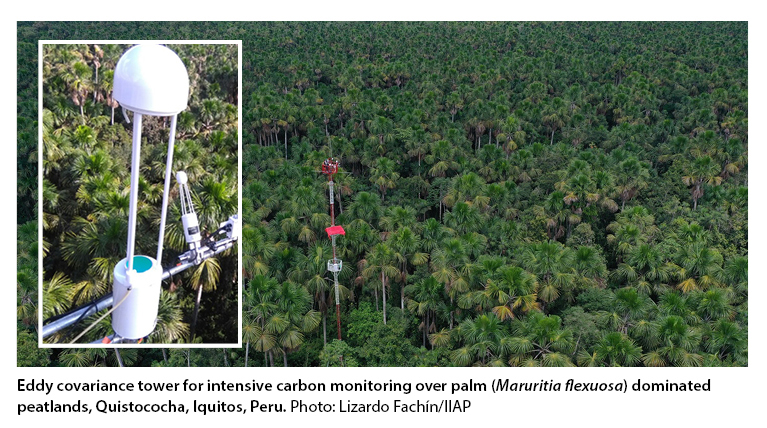The overarching goal of the program is to provide decision-makers with credible scientific information needed to make sound decisions relating to the role of tropical wetlands in climate change adaptation and mitigation strategies.
SWAMP goals and objectives respond to a variety of national and international interests and have evolved through extensive consultation processes with stakeholders at different levels. SWAMP key objectives include:
- Generate and share new knowledge based on scientific research and analysis.
- Develop ecosystem carbon dynamics modelling tools for tropical wetlands to improve evidence-based management practices.
- Scale up measurements to landscape-, province-, or country-scales, incorporating remotely sensed spatially explicit land use/land cover data.
- Quantify and define roles of tropical wetland ecosystems in climate change adaptation and mitigation, and develop potential scenarios for their inclusion in climate change strategies.
- Build capacity and responsiveness of communities
through dialogues. - Build scientific capacity through research and technical transfer activities related to carbon and GHG accounting, and ecosystem conservation and restoration.
- Foster engagement and outreach activities, and develop products that are user-friendly and adaptable for various user-environments.







